Life Expectancy of Dental Restorations
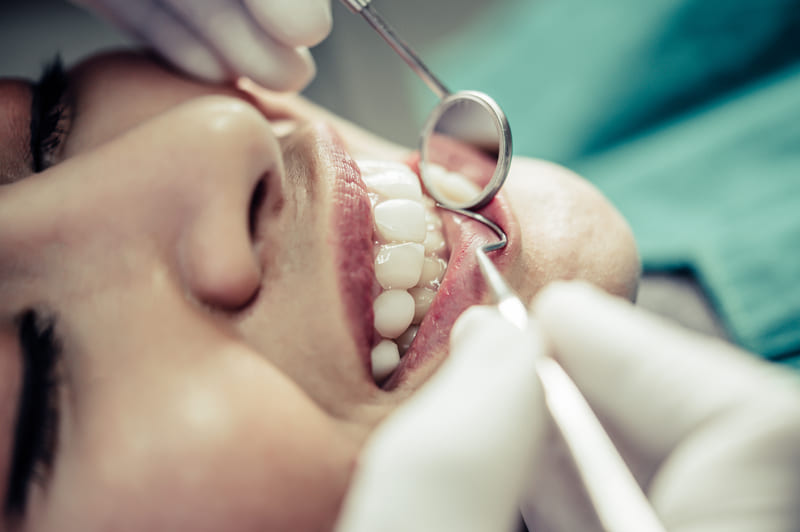
Contents:
Modern dental restoration techniques can fully restore the aesthetics and functionality of incisors, canines, or molars. Indications for treatment include:
- chips and cracks;
- stains, pigmentation, grooves, irregularities, erosion of enamel;
- gaps between teeth;
- tooth decay;
- discolouration or shrinkage of previously placed filling material;
- displacement or rotation of teeth around the axis, irregular shape or size.
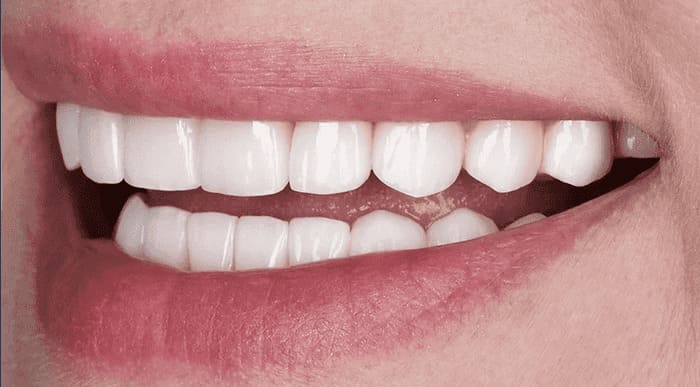
To create the perfect smile, dentists use direct and indirect restoration methods. The direct restoration method is performed in a single visit to the dentist. With the help of photopolymers, minor dental defects can be hidden.
The indirect restoration method uses implantation, prosthetics, crowns, veneers, and lumineers.
In case of serious problems, doctors combine several methods of tooth restoration. The best restoration option is selected for each element of the tooth row. In preparation for tooth restoration, the dentist has to treat tooth decay, periodontal disease, pulpitis, and other diseases.
The same tooth defect can be repaired using different treatment techniques. For example, a chipped tooth can be restored with composite materials or covered with a crown. Tooth discolouration can be hidden with veneers or photopolymers. The choice of the optimal solution to the problem depends on the size and depth of the affected areas and the general condition of the affected tooth.
Let’s look at what will determine how long a filling lasts on front teeth, or how long veneers and implants will last. Learn how you can extend the life expectancy of restored canines or incisors.

Factors Affecting the Restoration Life Expectancy
- The restorative technique. Choosing a faster or more economical restoration technique results in a shorter life span of the restored teeth.
- Quality of materials. Manufacturers offer dozens of types and hundreds of names of photopolymer, ceramic, or zirconia materials. Generally, photopolymer materials last less than ceramic materials. Two products made from the same material, such as ceramic, but manufactured by different brands, differ in reliability and durability.
- The skill of the dentist. Professionalism and experience of the dentist play a vital role in the successful restoration of teeth. Competent diagnostics, correctly selected methodology, and flawlessly performed work guarantee an excellent result. Treating existing oral diseases and preparing the teeth before restoration is essential.
- Care of the patient for oral cavity compliance with doctor’s recommendations. The ideal work of the dentist can be easily spoilt if you do not observe the rules of hygiene or subject the restored teeth to mechanical stress.
- Physiological peculiarities of the patient’s oral cavity structure, general condition of the organism, presence of systemic diseases, and risk of trauma.
Most of the factors on which the service life of dental restorations depends can be controlled. The dentist and the patient discuss all the nuances of dental restoration before treatment.
Modern restoration is one of the critical areas of work of the Clinic of Aesthetic Dentistry. The medical centre employs professionals skilled in various methods of restoring teeth. Doctors perform complex diagnostics and 3D modelling and, based on the indications, choose an effective treatment option, the best materials and technologies.
Life Expectancy Depending on Restoration Type
The period during which the restored teeth retain their aesthetics and functionality varies depending on several factors. Generally, we can give an average life expectancy for restored canines or incisors:
- Fillings
- Composite – up to 10 years.
- Inlays
- Composite – up to 15 years.
- Zirconium and ceramic – up to 25 years.
- Crowns
- Metal-ceramic – up to 20 years.
- Zirconium and ceramic – up to 25 years
- Veneers
- Composite – up to 5 years.
- Ceramic – up to 10 years.
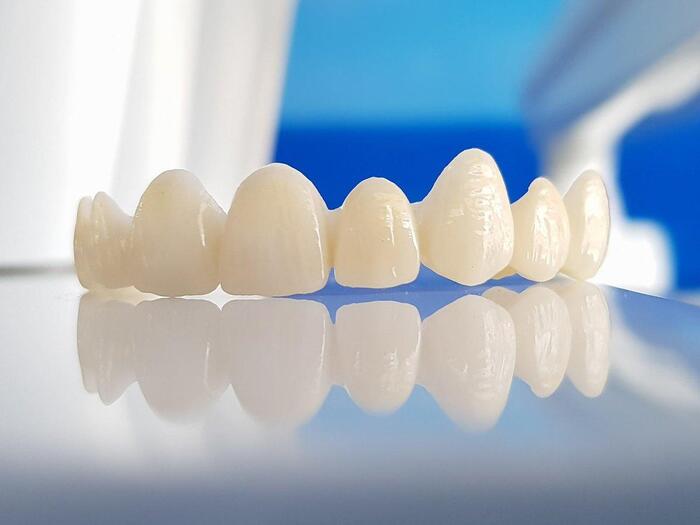
The types of materials used has the most significant impact on the restoration life expectancy. Let’s take a look at how they differ.
A composite consists of a polymer resin filled with finely dispersed quartz powder. The composition hardens under the influence of ultraviolet rays or a chemical process. The main disadvantages are low strength, susceptibility to abrasion, and absorption of food colourings (if not polished in time).
Porcelain-fused-to-metal crowns are metal frames with ceramic coating. They are highly durable but can cause allergies to metal.
Crowns and veneers are made of pressed ceramic and have excellent aesthetic qualities: chemically neutral, hypoallergenic, strong, and durable. In case of damage, no repair is possible; complete replacement of the products is required. They are not used for restoring molars because they cannot withstand constant high loads.
Zirconium dioxide products are strong, durable, and look like natural teeth. They can be placed on canines, incisors, and molars. They do not require extensive grinding of the teeth. Hypoallergenic, fully biocompatible. The only disadvantage is the relatively high price.
Similar materials produced by different manufacturers may differ significantly. It is worth choosing the products of the world’s leading brands with excellent reputations that provide a guarantee for their products.
When selecting a restoration material, the following should be considered:
- the condition of the supporting teeth;
- their location (anterior or posterior);
- the type of defect to be masked.
The general condition of the body and the presence of concomitant diseases are of great importance. It is also worth paying attention to the patient’s lifestyle, possible occupational traumas, compliance with oral hygiene rules, and bad habits.
The dentist makes the final choice of treatment method and material for teeth restoration after diagnostics (examination, X-ray, CT scan, laboratory analyses).
Different dental restorations and materials may be recommended for the same diagnoses in different patients.
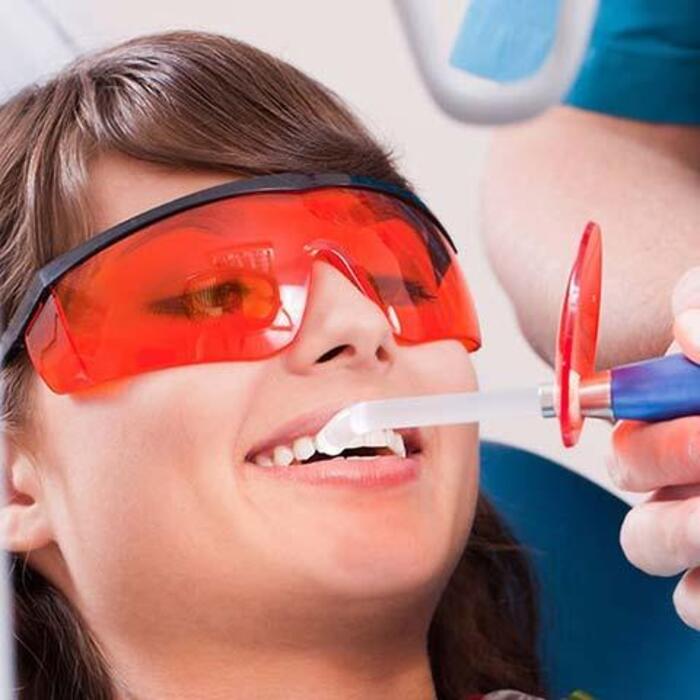
How Can I Extend the Restoration Life?
- Visit your dentist regularly to check your oral health and the condition of your restored teeth for professional cleaning, polishing, and surface correction.
- If you experience discomfort, pain, visual signs of deformation, or discolouration of the restored teeth, contact your dentist as soon as possible.
- Practice good oral hygiene. Use toothpaste with fluoride recommended by the dentist, a soft-bristled brush, floss, and rinse.
- Avoid eating hard and sticky foods (nuts and seeds in shells, meat on the bone, butterscotch candy, lollipops). Avoid consuming colouring drinks and foods (coffee, tea, juices, berries). Avoid taking food and drinks of contrasting temperatures (cold, then hot).
- Get rid of bad habits (chewing on pencils and pens, grinding teeth, biting thread when sewing, uncorking bottles with teeth).
- Protect teeth with special mouth guards when practising injury-prone sports (boxing, karate, etc.).
Performing the restoration in a reliable, trusted clinic and following the rules of oral care will guarantee a dazzling smile and a long service life for the restored teeth.
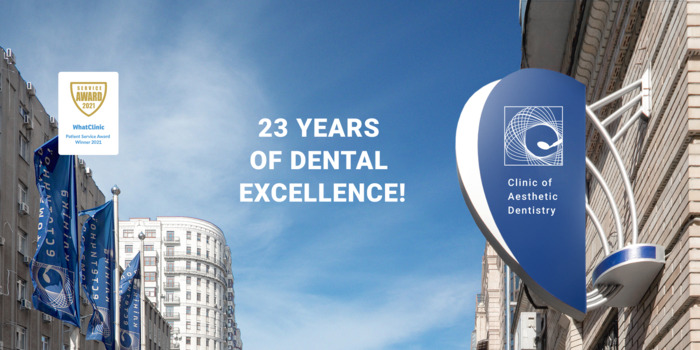
The Clinic of Aesthetic Dentistry has been performing tooth restoration, applying modern technologies and materials, for over 23 years. It employs experienced doctors-certified specialists who have undergone training in the world’s best dental centres and are constantly upgrading their qualifications. All this ensures a high result of treatment.



